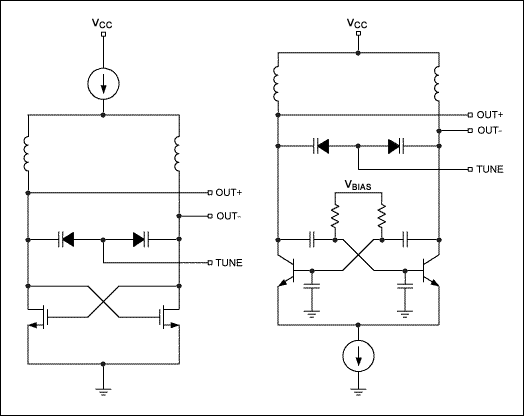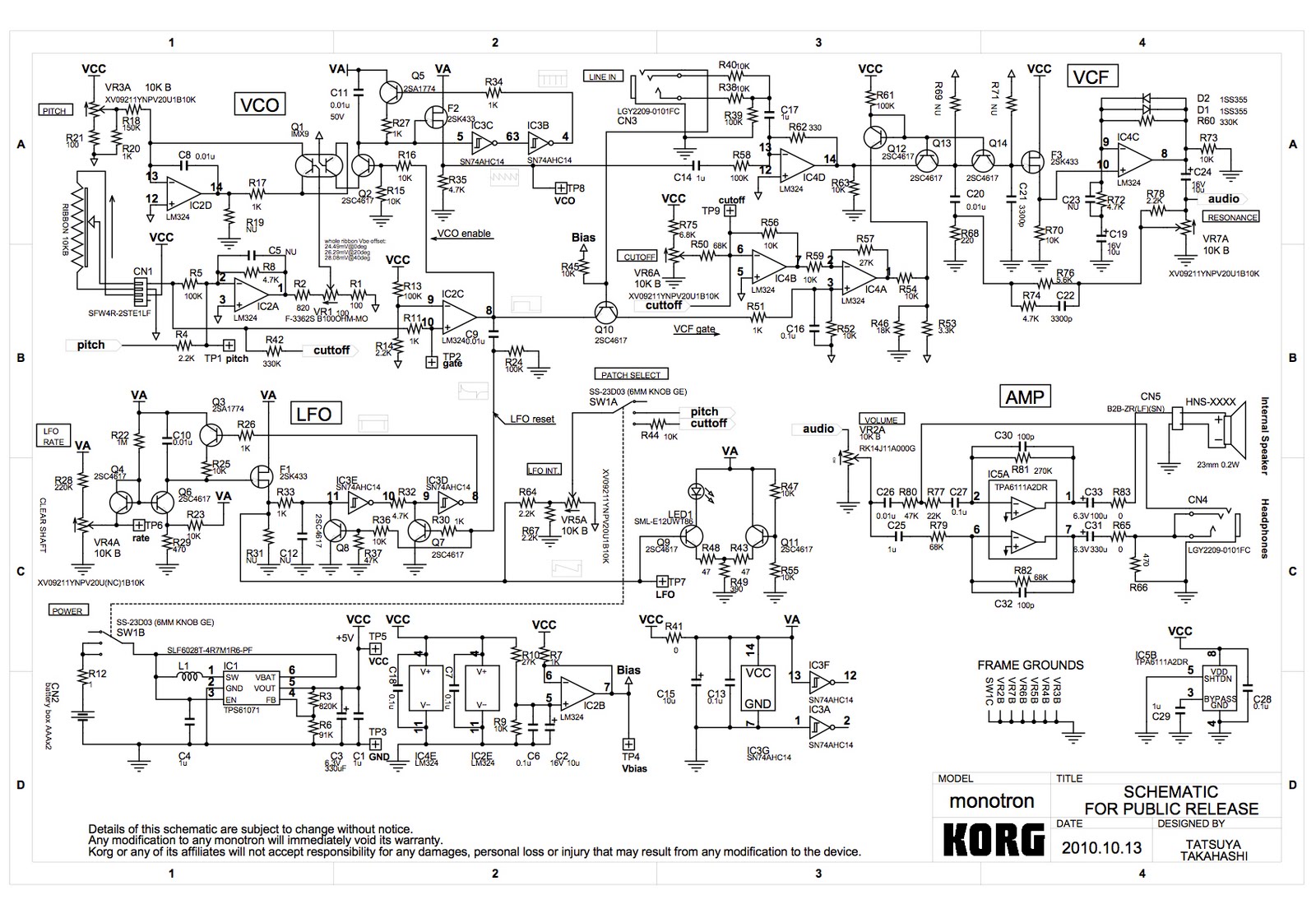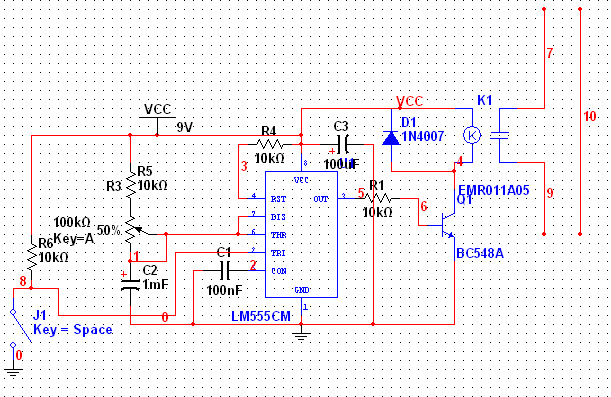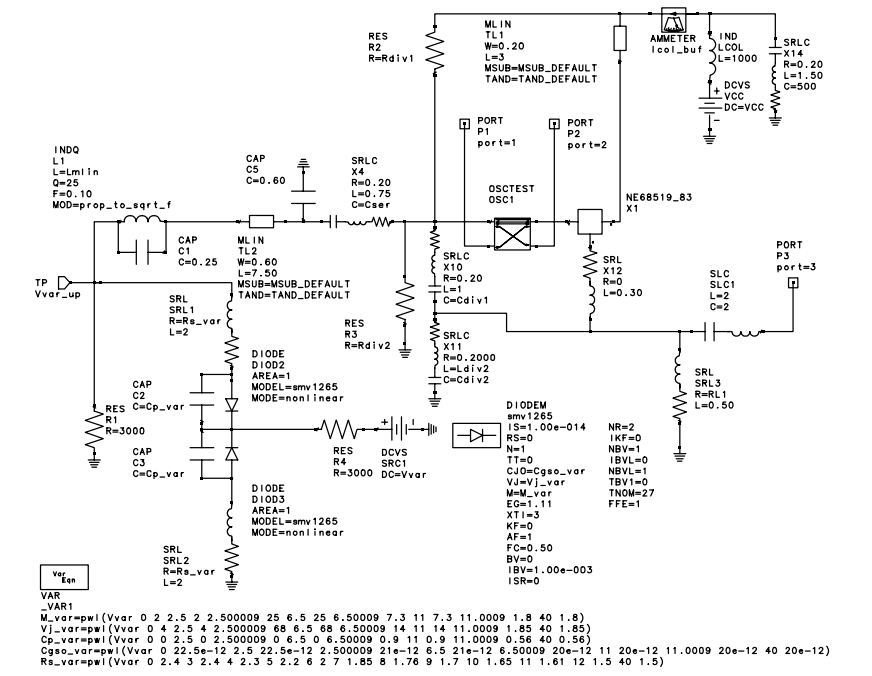
Tracking Advances in VCO Technology

This document tracks the history of voltage-controlled oscillators (VCOs) since around 1910 and provides examples of VCO integration in RF integrated circuits (ICs).
Voltage-controlled oscillators (VCOs) are critical components in various electronic systems, particularly in radio frequency (RF) applications. A VCO generates an oscillating signal whose frequency can be adjusted by varying the input voltage. The evolution of VCO technology has significantly impacted communication systems, signal processing, and various modulation techniques.
The historical development of VCOs began in the early 20th century, with initial designs focusing on analog methods of frequency control. Over the decades, advancements in semiconductor technology have led to the integration of VCOs into RF ICs, enhancing their performance, size, and power efficiency.
Modern VCOs can be implemented using various architectures, including LC, ring, and relaxation oscillators. In RF integrated circuits, VCOs are often combined with other components such as phase-locked loops (PLLs) to achieve stable frequency generation and precise frequency modulation. The integration of VCOs into RF ICs allows for compact designs that are suitable for applications in mobile communications, satellite systems, and wireless networking.
Examples of VCO integration can be found in numerous RF ICs, where they serve as essential building blocks for frequency synthesis and signal generation. The ongoing research and development in VCO technology continue to push the boundaries of performance, enabling higher frequencies, lower phase noise, and improved tuning ranges, which are crucial for modern communication systems.Tracks the history of voltage-controlled oscillators (VCOs) since approximately 1910. Provides examples of VCO integration in RF ICs.. 🔗 External reference
Voltage-controlled oscillators (VCOs) are critical components in various electronic systems, particularly in radio frequency (RF) applications. A VCO generates an oscillating signal whose frequency can be adjusted by varying the input voltage. The evolution of VCO technology has significantly impacted communication systems, signal processing, and various modulation techniques.
The historical development of VCOs began in the early 20th century, with initial designs focusing on analog methods of frequency control. Over the decades, advancements in semiconductor technology have led to the integration of VCOs into RF ICs, enhancing their performance, size, and power efficiency.
Modern VCOs can be implemented using various architectures, including LC, ring, and relaxation oscillators. In RF integrated circuits, VCOs are often combined with other components such as phase-locked loops (PLLs) to achieve stable frequency generation and precise frequency modulation. The integration of VCOs into RF ICs allows for compact designs that are suitable for applications in mobile communications, satellite systems, and wireless networking.
Examples of VCO integration can be found in numerous RF ICs, where they serve as essential building blocks for frequency synthesis and signal generation. The ongoing research and development in VCO technology continue to push the boundaries of performance, enabling higher frequencies, lower phase noise, and improved tuning ranges, which are crucial for modern communication systems.Tracks the history of voltage-controlled oscillators (VCOs) since approximately 1910. Provides examples of VCO integration in RF ICs.. 🔗 External reference




